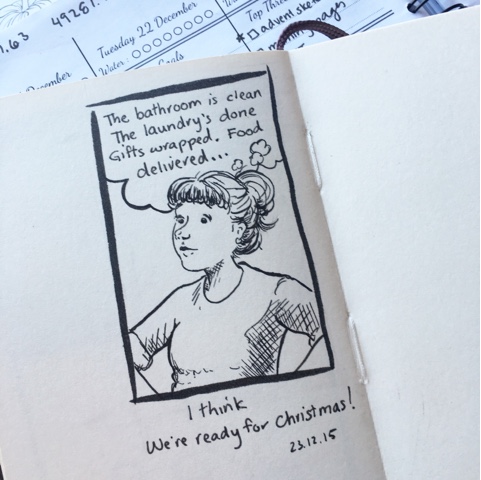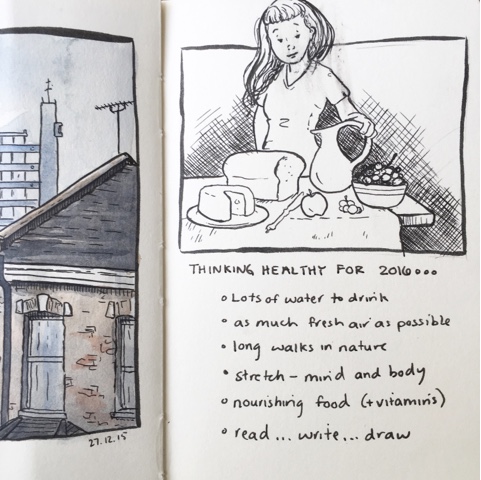Dearest Friend,
I am taking a short break from the high-speed treadmill of sketching for my newest project (a middle-grade graphic novel) to say “hello.”
How are you?
One of the things I crave the most when I’m sitting for hours in my studio is connection. I spend 90% of my studio time deep-diving into my imagination, and sometimes I resurface at the end of a workday not sure how the time passed, or if I even said one word aloud.
I was brainstorming the best ways to connect with you on a more authentic level, and the idea of selling original artwork popped into my mind. What could be more authentic than knowing that a piece of paper I filled with drawings was in your hands, or hanging on your wall? My hands touch the paper, the paper travels across the world, your hands hold the paper… we’re practically doing a handshake!
Confession: this is a leap for me. Up until now, I don’t think I’ve sold more than a handful of original paintings. I have a tendency to hoard my work. Sketchbooks and boxes of paintings and drawings are piling up in all the corners of my studio.
I used to exhibit in art shows with my friends and feel slightly envious as little red dots accumulated beside all their paintings. Red sticker dots placed beside a painting, in the gallery world, mean that it is sold. Mine never sold, because mine were always NFS (not for sale).
Why was I so reluctant to let go? Was I trying to hoard my creativity?
But as Maya Angelou said, “You can't use up creativity. The more you use, the more you have.”
This is something I have found to be true, in fact, the truest of true. The more I create, the more ideas come. If I’m stuck, I sit down and churn out a few bad ideas, and eventually, the good ones follow. The only thing that stymies creativity is not creating.
So, in the spirit of connection, and sharing, and letting go… I’m offering eight of my imaginary "best friends" for sale.
Each of these little drawings is 2 x 2 inches big, on a 4 x 5.5 inch archival paper. They will be packed in a cellophane sleeve with a stiff archival backing to make sure they’re safe and sound as they travel to their new homes (maybe yours?).
Buying original artwork is an amazing way to connect joyfully with an artist. I can’t think of a better way to connect with you than to send you something that I have worked on with so much love.
You are extraordinary; though you might not recognize it in the humdrum of daily life. This is one of the things I’ve been thinking about a lot lately. How individual and diverse we all are, and how important it is that that individuality is celebrated in my artwork and my books. There is no such thing as an “ideal” character. There are only “interesting, flawed and fascinating” characters. That’s what we all are.
What makes you unique? Special? Quirky? Reply and let me know! (I’ll go first: I can’t stand the smell of orange peel…)
There are only 8 individual, quirky drawings… Each is $100 Canadian (including postage), and I guarantee they will be worth more the minute you buy them. Consider them an investment. Consider it a way to connect with an artist you love. And consider it a celebration of individuality and diversity.
So, see the whole collection HERE . Is your favourite still available?
Sending you a handshake across cyberspace...
X
Jane














































































